In the Vietnamese press, the number of female photojournalists is still very modest compared to men and they suffer from many prejudices. A few years ago, there was a recruitment notice for photojournalists on social media by a manager who clearly stated: "No women accepted", which made female students studying photojournalism feel sad.
However, time has helped female photographers prove that they can do many things that make their male colleagues admire, from their dedication to their work to the quality of their work. They stick with their cameras, are active, and risk their lives on all terrains and scenes to work. Not only are they diligent and dedicated, the girls also convey to readers new and creative perspectives.
On the occasion of the 100th anniversary of Vietnam Revolutionary Press Day, VietNamNet had a conversation with 4 of the female photojournalists who are passionate about their profession.
Female reporter specializing in taking photos of senior leaders
Since she was a high school student, Phuong Hoa (born in 1983, from Ninh Giang district, Hai Duong) dreamed of becoming a reporter because she thought she would be able to travel a lot and explore every land.
Thanks to her excellent academic performance, she was admitted directly to the Faculty of Journalism, University of Social Sciences and Humanities - Vietnam National University, Hanoi . Later, she also got a second university degree in Photography from the University of Theatre and Cinema, Hanoi.
After graduating from university in 2007, Phuong Hoa entered VNA to work in the Photo Department. Initially, she was in charge of the culture and society section, and was free to travel to local areas to work. From 2010 to now, the 8X female reporter has moved to the domestic and foreign affairs sector.
Hoa shared that this is not a simple job, requiring reporters to have political vision, high concentration and especially good health to race against time.
On her shoulder she always carries a camera backpack and lens weighing more than ten kilograms, and she has to "race fast" to get to the front to take photos in front of politicians and high-ranking leaders.
Having worked on many major political events of the country such as the National Party Congress, the Party Central Committee meetings, the National Assembly meetings or the welcoming ceremony for foreign heads of state to visit Vietnam... the more Hoa works, the more passionate she becomes. The female photographer has won many awards in competitions on Party building, foreign information...
A memorable experience for Hoa was working at the Non-Aligned Movement Conference in Azerbaijan with nearly 200 participating countries. Each country had only 1 cameraman and 1 photojournalist, and reporters had to arrive 3 hours before the event to get a place to work. At that time, she had to work very hard to compete with nearly 400 reporters from other countries to capture beautiful photos of high-ranking Vietnamese leaders at the event.
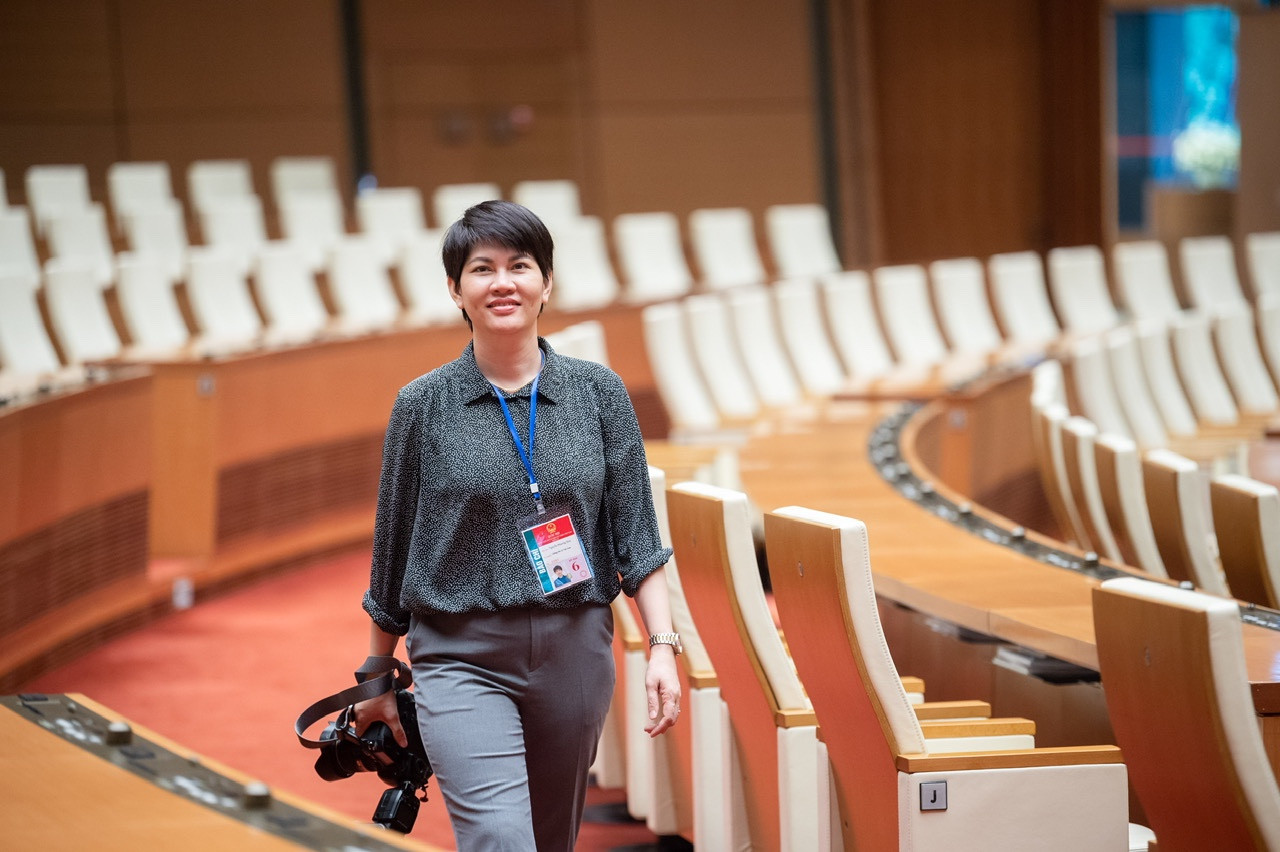
Phuong Hoa works at Dien Hong Hall, National Assembly building.
With nearly 20 years in the profession, Phuong Hoa is especially fond of the saying “A picture is worth more than a thousand words”. “A picture is still, but what we see in it is accuracy and honesty. Therefore, a press photo can have extra or missing details, but if it is a moment that only the photographer can see, that is what is important,” Phuong Hoa said.
Currently, the 8X female reporter is also a guest lecturer in Photojournalism at the Faculty of Photography, Hanoi University of Theatre and Cinema.
Female photographers are often 'oppressed' by international reporters
Hong Nguyen is one of the very young photojournalists. Graduated from the University of Photojournalism in 2016, Academy of Journalism and Communication, before she could take a break to travel as planned, she learned that The Gioi and Viet Nam newspaper needed photographers, she immediately applied and was accepted. Since then, she has been in the profession for 9 years.
Like many other female photojournalists, Hong admits that her appearance is relatively small, a minus point in her profession when her field is taking photos of politicians and diplomatic events, always requiring height to run for positions, take up positions, and jostle with other colleagues, so she is often "pressed" by foreign reporters.
The World and Vietnam Newspaper , the agency where Hong Nguyen works, is responsible for reporting on the country's foreign affairs activities. Therefore, she is often present at events with heads of state, international politicians as well as activities of the leaders of the Vietnamese Party and State. Occasionally, the female photojournalist also accompanies high-ranking Vietnamese leaders on trips abroad.
When asked how Hong’s job is different from other female photojournalists at other newsrooms, Hong said it’s quite hard, but everyone has their own way. She always has to carry more than ten kilograms of equipment on her body and run “backwards” following her leaders so as not to miss the moment.
“When I throw myself into work, I feel so caught up that I don’t even know what fatigue is. For example, there are business trips that last 7-10 days and I don’t feel like it’s a big deal, but when I have nothing to do for just one day, I feel exhausted,” Hong said.
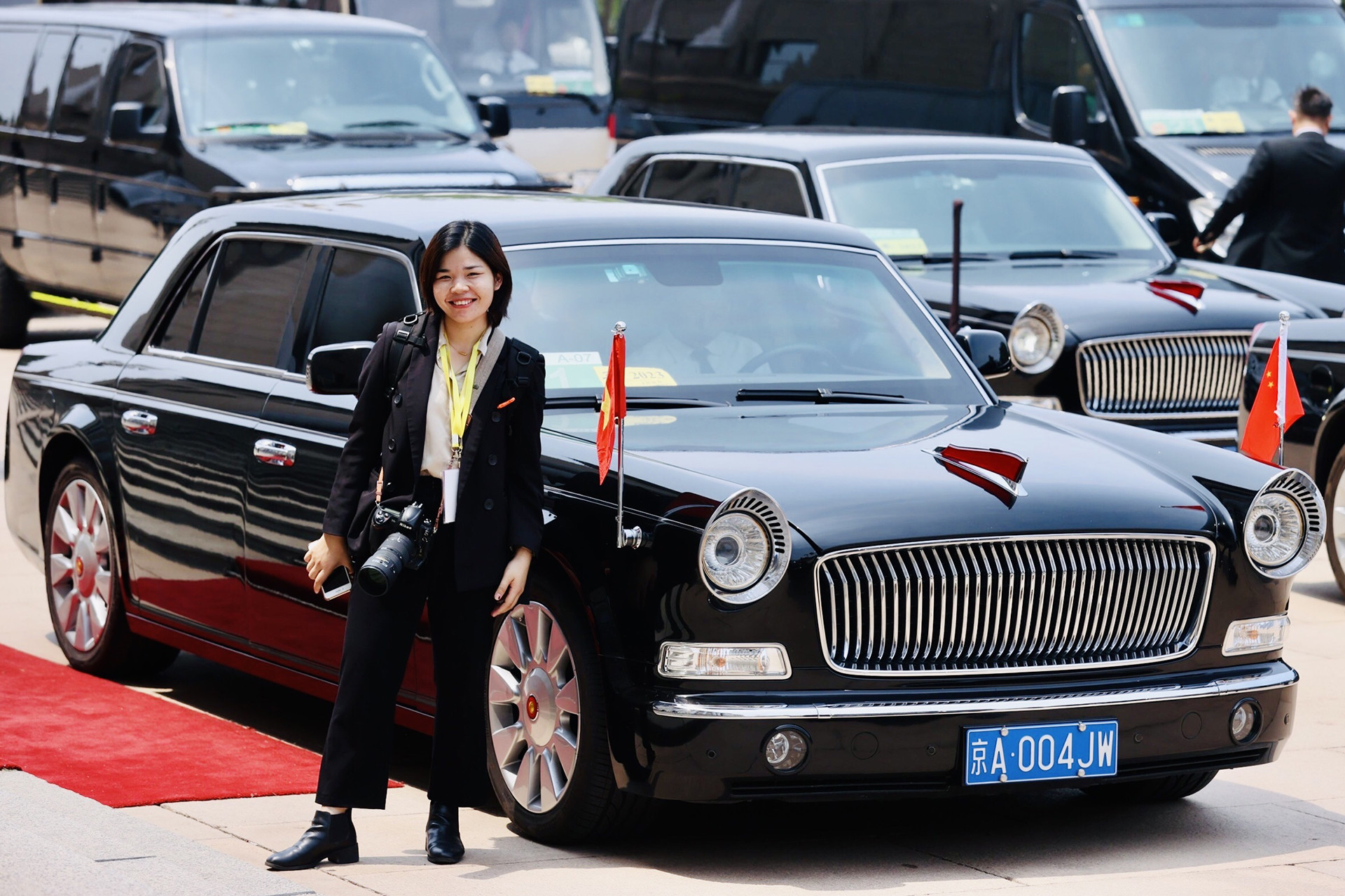
Small stature of female photojournalist Hong Nguyen.
A memory of her career that Hong feels very proud of is that last May, she was able to participate in the military parade celebrating the 80th anniversary of the Victory Day in the Great Patriotic War in Russia. On that trip, she visited 4 countries: Kazakhstan, Azerbaijan, Russia and Belarus.
At the parade in Russia, the weather was cold and the terrain was steep. When she reached the center of the parade, her nose was dry and she could barely breathe. Confused about where to stand to work, she followed wherever other reporters ran.
The area for the press to stand and take photos and film had no platform, nor was it possible to stand on the A-frame ladder, so Hong tried to find a gap. All around her, the international photojournalists were 20-25cm taller than Hong, so she had to struggle a lot to be able to take photos.
“The thing I am most proud of is capturing the image of the Vietnamese flag and our army marching through Red Square. When I think about it now, my heart still flutters,” Hong said.
Talking about her profession, Hong shares the same opinion as many of her colleagues: “Currently, photojournalists play a particularly important role in a newspaper office. It is not because I work with a camera that I evaluate it like that. A hundred hearings are not as good as one seeing, a thousand words are not as good as one photo. Photos have a great visual impact, helping readers quickly and easily receive information, helping to convey information that cannot be fully expressed in text.”
Determined to assert himself because he was accused of "holding a camera for fun"
Phuong Lam (real name Bui Thi Phuong) is one of the few youngest photo editors in the press today. Studying at the Academy of Journalism and Communication, course 36, Electronic Journalism class, Faculty of Radio - Television, graduating in 2020, she worked as an event organizer, standing in front of the camera to host a number of television programs.
From a chance encounter with reporters and editors at press agencies, Phuong gradually changed direction to become an intern, photo collaborator and then photo reporter at Tri Thuc Magazine .
In 2021, the girl born in 1998 and her group members created many photo and video products that were highly appreciated by colleagues and then became official reporters. Phuong said that was the time when she learned and understood deeply about the work of a photographer, and received thorough and dedicated training from managers and reporters to grow up.
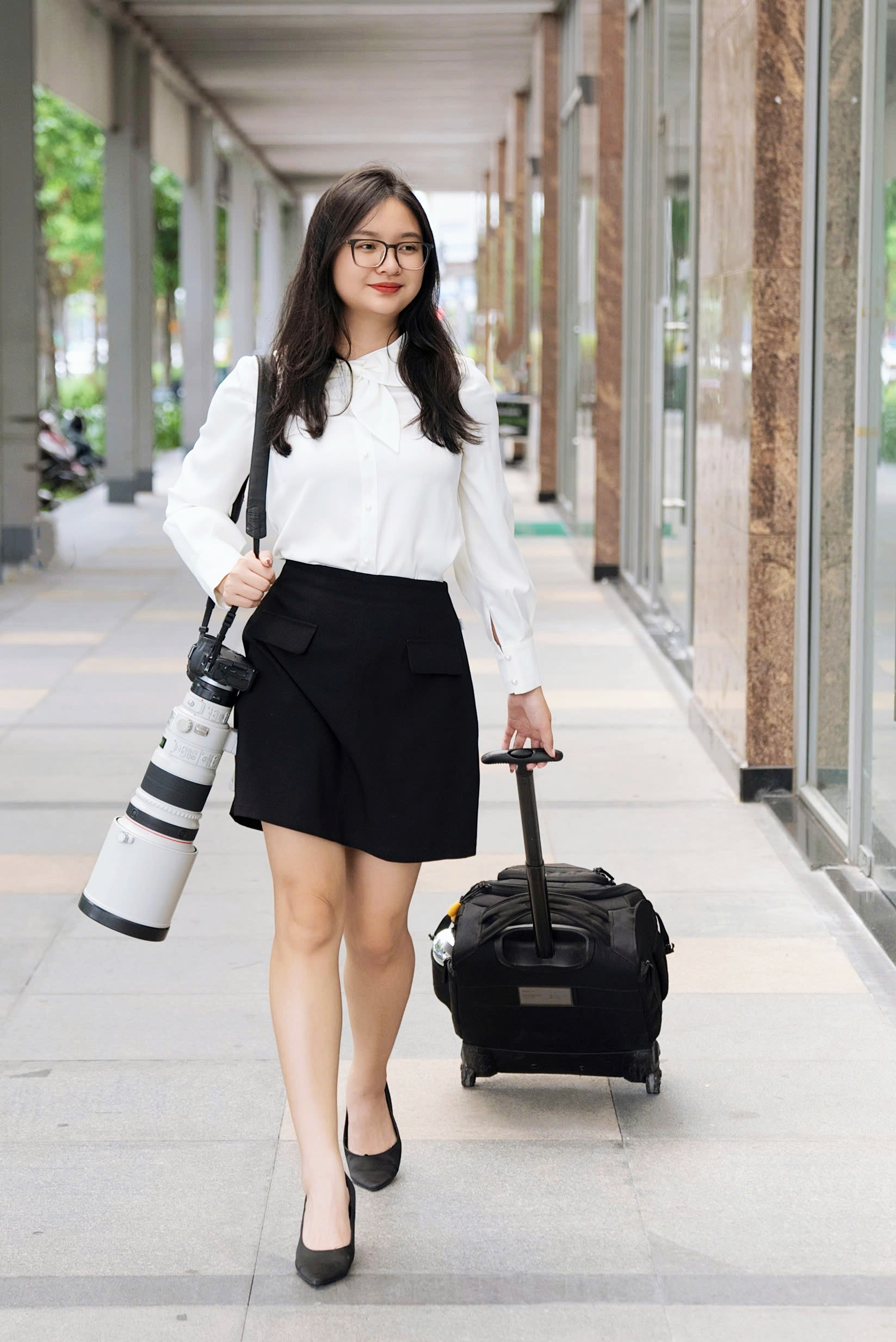

Phuong Lam wants to prove that his photography is as excellent as anyone else's.
Sharing her professional views, as a woman but having to carry heavy loads and work in complex locations, Phuong Lam said that she is more limited than men, affecting her health a lot. However, in return, female photojournalists often create sympathy and less defensiveness for the subjects.
In addition, when holding a camera with long hair, it is easier to approach sensitive topics in society, such as interacting with women in special professions, children, celebrities... "As a woman, I can delve into the private corners of the character, easily talk, make friends, and maintain relationships afterwards," she said.
In more than 4 years of working as a photojournalist, Phuong's most memorable memory was during the Covid-19 pandemic. One time while working at a supermarket, she saw a young soldier (born in 2001) confused in front of a shelf displaying sanitary napkins.
The soldier expressed that he was not too shy about buying women's items, but did not know how to choose the right type of goods for the people. She helped him and later felt very happy because as a female photojournalist, she was able to convey a soft slice of the difficult situation during the pandemic.
"During that difficult period, I often went to the Covid-19 patient isolation area and saw the warm feelings between people, saw the support both materially and spiritually, and recorded many scenes that I will never forget. Singers holding guitars singing in protective suits, in the distance were doctors, nurses, and patients lighting up hope with flashlights in the Covid-19 patient isolation area," Phuong added.
During her years in the profession, the female reporter born in 1998 has heard many gender stereotypes, "girls hold cameras for fun, take pictures for fun, not for professional photography"... Being underestimated made her and many other female photojournalists tell themselves that they need to try much harder to prove themselves.
“In my opinion, photojournalists don't need to let others look at their appearance, but need to show the public and colleagues that their photos are as excellent as anyone else's,” Phuong shared.
Phuong Lam has traveled extensively to make photo reports on life, especially approaching deeply the fate of people in society. Notably, there is an article about 4 quadruplets named by their parents Viet, Nam, Hanh, Phuc.
During the process of taking pictures and writing about this topic, Phuong and her colleagues took a bus from Ho Chi Minh City to Dong Thap, then borrowed a motorbike to drive a few dozen kilometers, and asked to stay at a local's house at night. "I still remember clearly that many people loved us and treated us like their own children. Every day I got to play with the children, go to the orchard, and eat family meals," the female photojournalist recounted.
Talking about her current job, Phuong affirmed that she came to this profession because of the desire to conquer and express her humanistic perspective to readers. “For me, this is a very difficult job. In the era of AI development, there is still no robot or AI that can work on the scene, convey emotions, and have a personal perspective, so photojournalism still has its own value,” she said.
The "small but mighty" photojournalist
At the end of 2019, Le Thi Thach Thao accidentally had the opportunity to try her hand at professional journalism. Then, more than 3 years later, she became a reporter for VietNamNet newspaper .
Although she graduated with a degree in Journalism and Photojournalism from the Academy of Journalism and Communication, and completed a Master's program in Journalism and Communication Management, the girl born in 1997 initially did not think she would pursue a career in a newspaper.
With a small stature, always having to carry a backpack full of laptop, camera, lens... weighing about 15kg, not to mention other supporting tools and working conditions, from the beginning she knew this job was quite difficult.
But day by day, the work just kept going, after more than half a decade of doing the job of "putting cheek on cheek, squinting eyes, pulling the trigger", the girl born in 1997 was addicted to the job without realizing it.
Long business trips continue one after another, especially in mountainous and border districts... The most recent was a business trip to Truong Sa, a destination that has been her burning dream since she was in university but she missed the deadline several times and could not fulfill it.
Colleagues got to know the small but "talented" girl the most since the Covid-19 pandemic, when this photographer had just started her career less than half a year ago.
Thao's most memorable memory was the time she rushed to the Covid-19 epicenter in Chi Linh (Hai Duong) to eat, sleep, and celebrate New Year's Eve there. She said that she initially planned to go for the day and return, without bringing any personal belongings, just carrying a backpack and camera and then hitting the road.
Unfortunately, at noon that day, the entire city was locked down due to the rapid increase in the number of F0 cases. "Although the editorial board leader had sent a message that I could withdraw at any time and would be quarantined upon my return, I asked permission to stay and work in the epicenter of the epidemic. As a result, I stayed there for more than a month, many days during the Lunar New Year," the female reporter recalled.
Not only that, the 1.5m tall female reporter is also taken care of by many friends and relatives every time there are natural disasters. "Every year when there is a big storm, I drag my suitcase to work. I've been there so many times that I'm used to it, so I'm not afraid."
In the eye of Typhoon Yagi in Quang Ninh in September 2024, Thao rushed into the scene filled with fallen trees, collapsed houses, flying roofs, and fierce waves... to record the most current moments and send them to the editorial office.
Immediately after leaving the mining area, the “small” reporter continued to volunteer to go to the flash flood scene in Lang Nu (Lao Cai). Later, the tragic scene there haunted her for a long time.
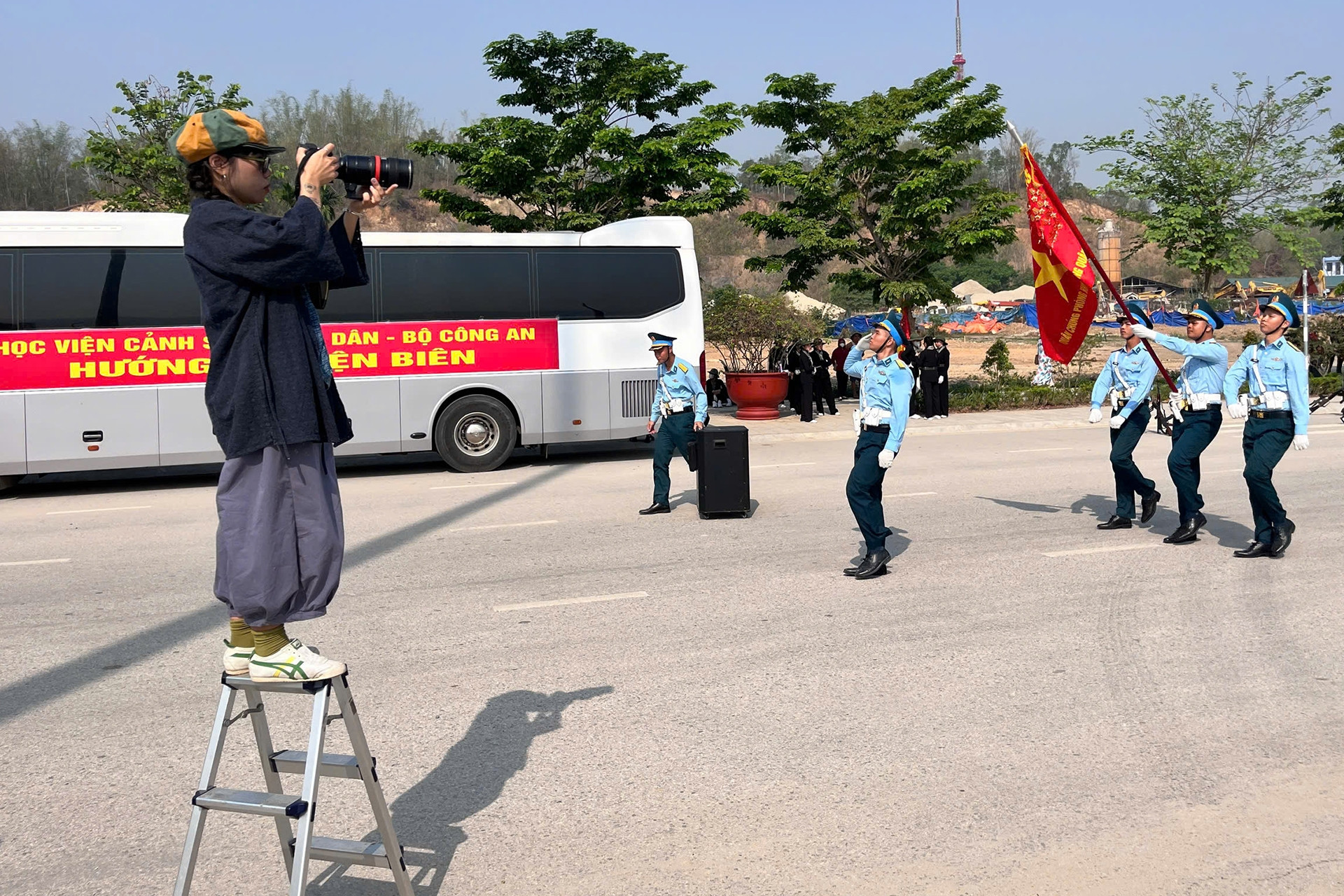
Thao overcomes her height disadvantage by carrying a ladder every time she goes to work.
The moment the female photojournalist arrived, the entire remote mountain village was filled with cries, calls for loved ones, and the sounds of rescuers on duty. “The moment the character in front of my lens cried, I also shed tears and put down the camera. Of course, I still had to calm down and remind myself that I was at work and needed to complete my mission.
When I returned to Hanoi, I locked myself in my room and cried for several days to release all my emotions. A few days later, I couldn’t do anything and had to take a leave of absence. That was the first and only time in my career as a journalist that I literally put down my camera because of the impact of the scene,” she confided.
When asked about the many limitations of working in this profession compared to men, Thao said that female photojournalists often have an easier time approaching topics that exploit stories and characters. The limitation is that the nature of the job is relatively hard. There are times when I come home from work and lie down because I am tired and out of breath, but fortunately I am young so I can rest and get back to normal the next day.
Assessing the role of photojournalism today, she believes that this is the gateway to approach and attract readers, while creating a difference for each newspaper. Photojournalists are quite special personnel in the press industry, requiring an aesthetic eye, journalistic thinking, the ability to search for and discover topics, and the ability to work independently. Not to mention, if determined to pursue good works, the photographer also needs to have a heart, must be dedicated to the profession, and be able to adapt to all situations and all fields.
Discussing the question of whether female photojournalists can stay in the profession for long, Thao believes that if you don’t love your job, you won’t be able to keep up. “Even though life is full of worries and concerns, taking your camera out to produce images for the newspaper is still the number one priority, above your personal life and personal concerns,” she frankly shared.
Vietnamnet.vn
Source: https://vietnamnet.vn/nu-phong-vien-anh-nghe-ap-ma-nheo-mat-bop-co-cua-nhung-co-gai-tre-2411364.html








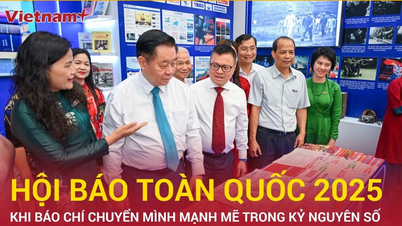



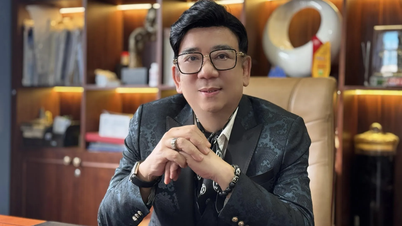

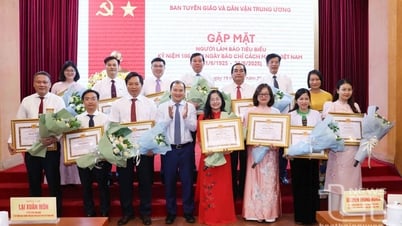



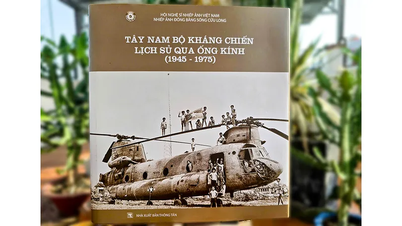



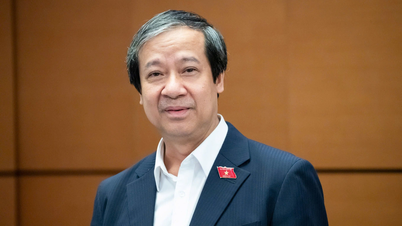
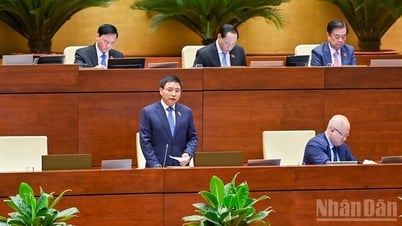

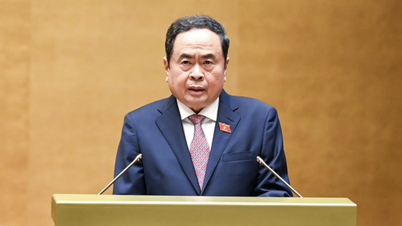
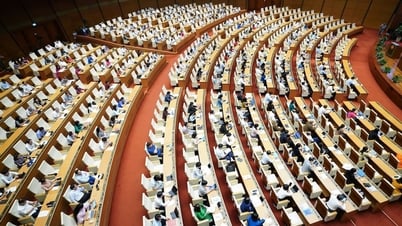






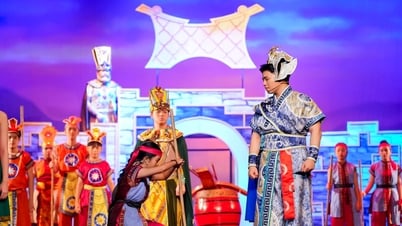
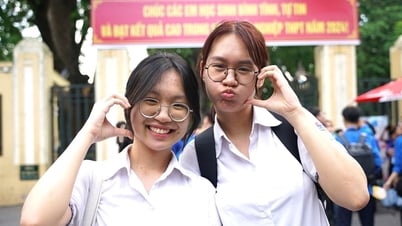

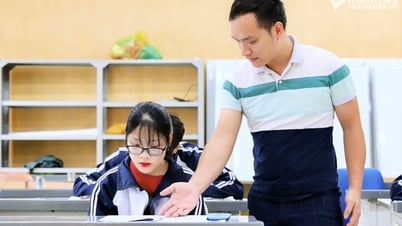
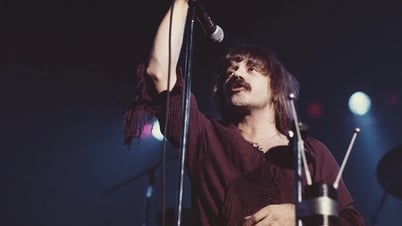
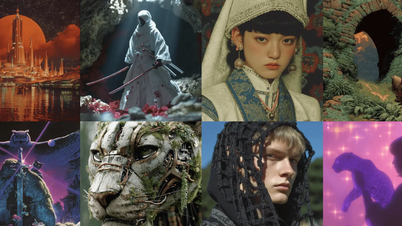













































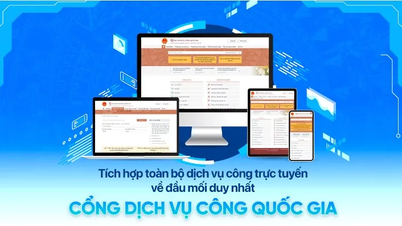
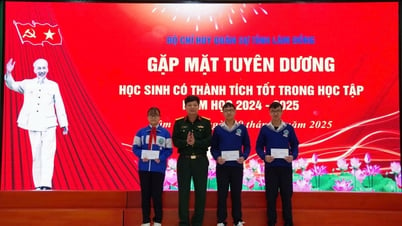

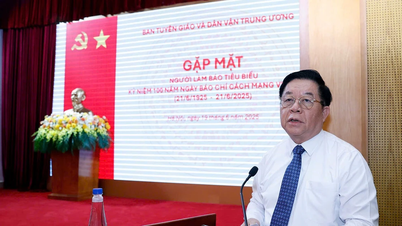

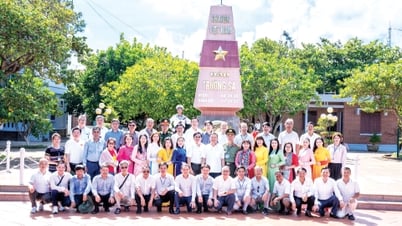













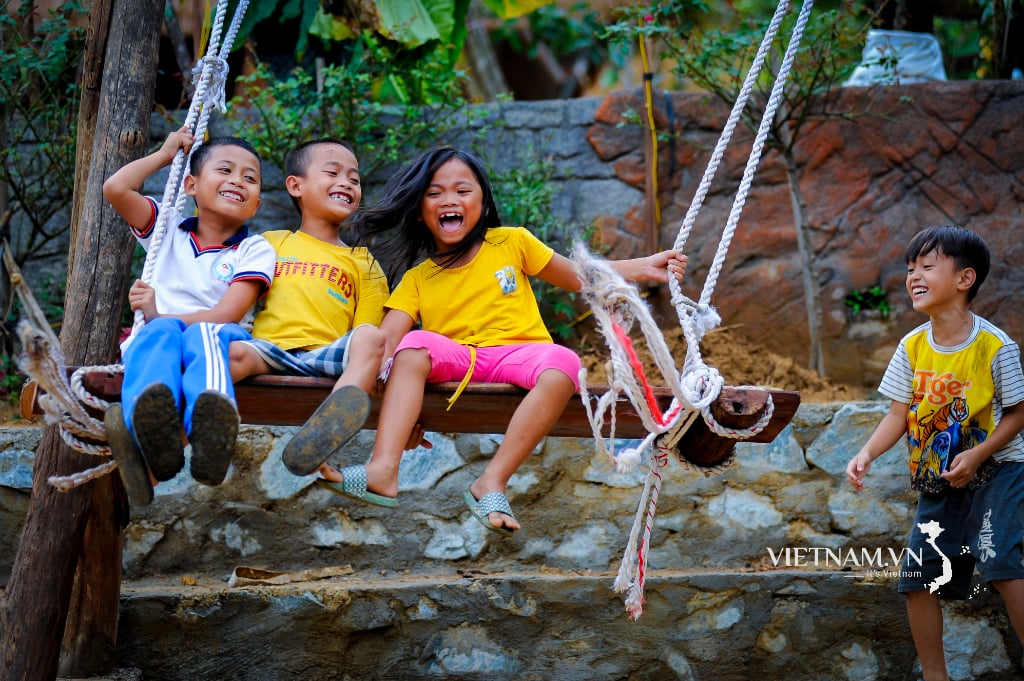

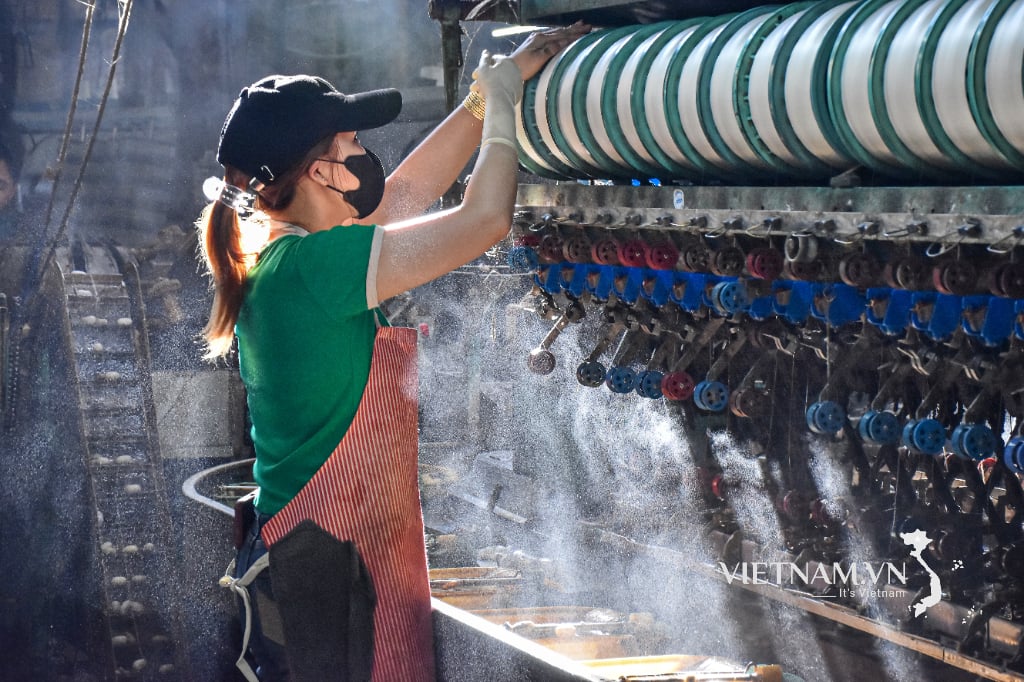
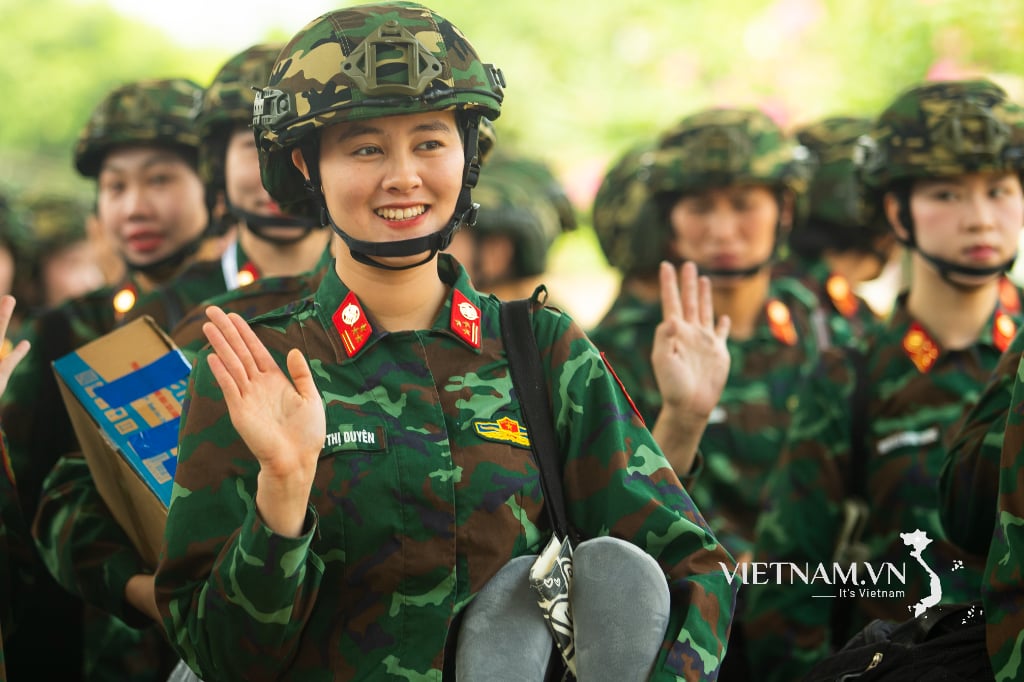
Comment (0)